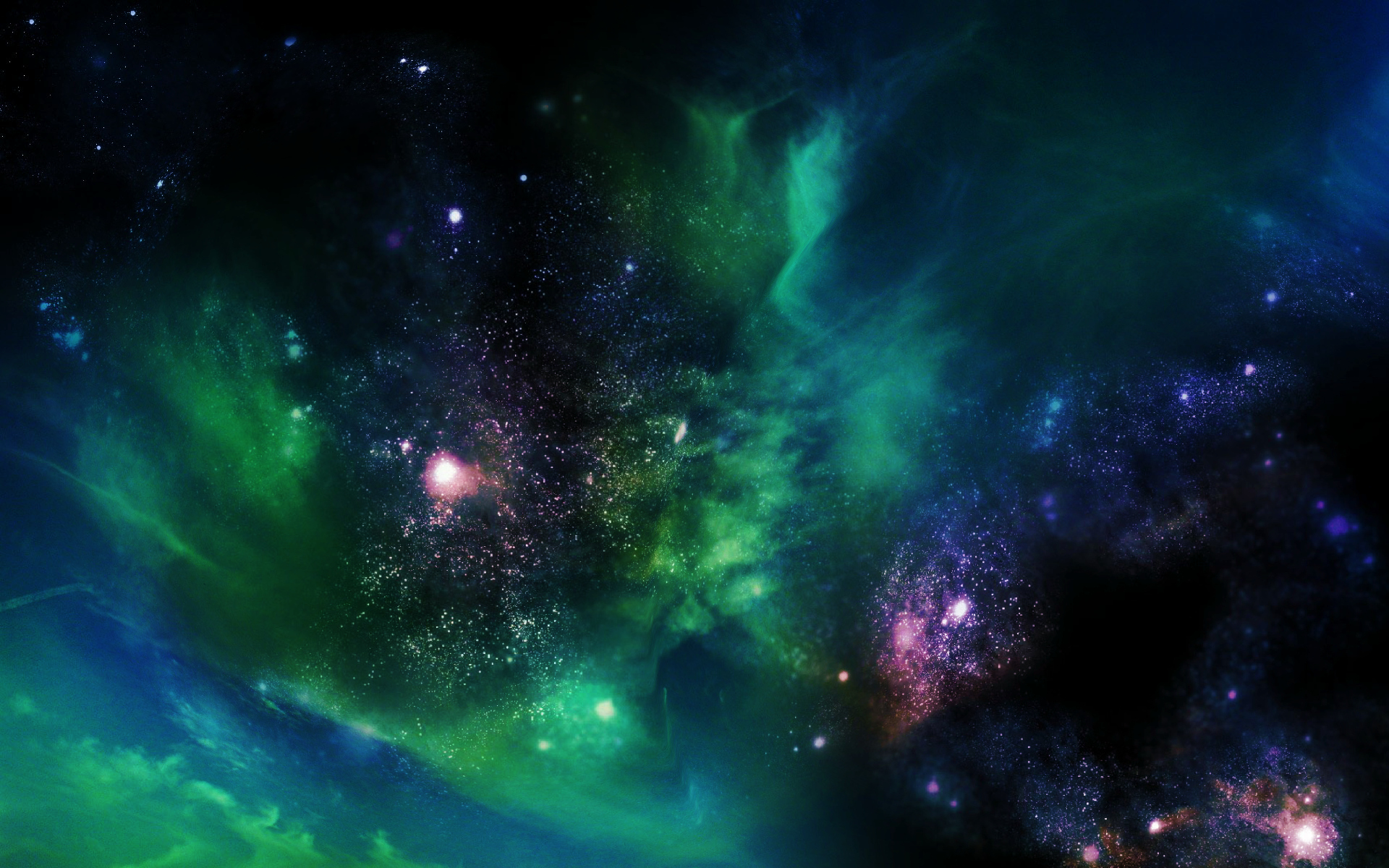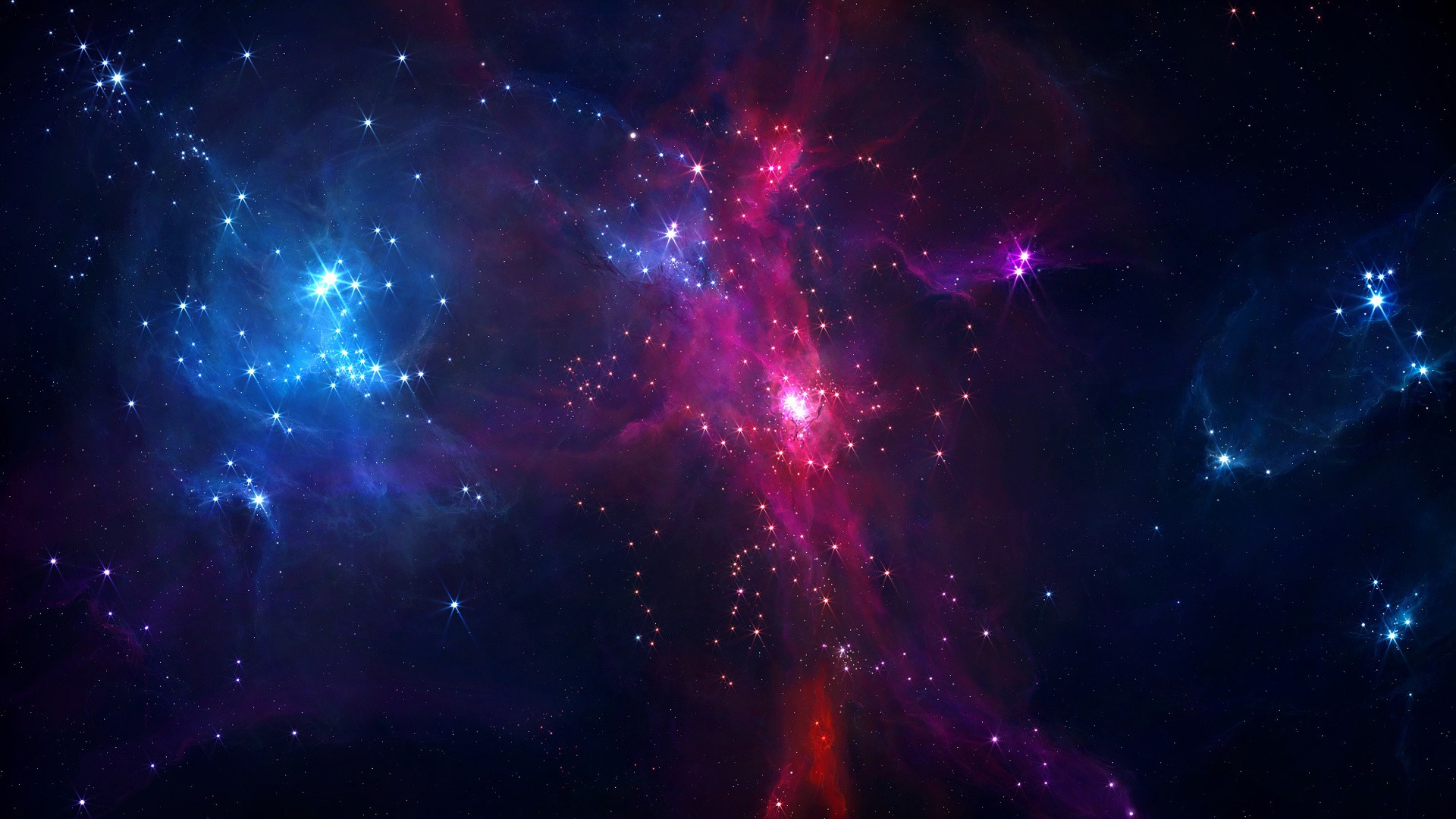
Astronomers have made the first detection of orbital motion in a pair of supermassive black holes in a galaxy some 750 million light-years from Earth.

Recently, the Atacama Large Millimeter Array gave us an amazing view of Betelgeuse, - the star that is destined to go supernova at anytime in the next few thousand years or so.

The plane of the solar system is warped in the outer reaches of the Kuiper Belt, signaling the presence of an unknown Mars-to-Earth-mass planetary object far beyond Pluto, according to a new research.

NASA’s Kepler space telescope team has identified 219 new planet candidates, 10 of which are near-Earth size and in the habitable zone of their star

The Breakthrough Starshot Initiative's purpose goes far beyond the Moon. The project seeks to travel to the nearest stars.

When running Hawking and Hartles’ as well as Vilenkin’s, math, the new team didn’t get the teeny quantum fluctuations required to create today’s universe.

A NASA instrument built to help astronomers learn about the structure and behavior of neutron stars has been mounted to the International Space Station.

A new study suggests that the early Solar System was quickly divided in two, with the rapidly forming Jupiter creating the dividing line.

His goal is nothing less than ensuring the survival of the human race by creating a “backup location”, and calls for some serious planning and architecture.

China’s first X-ray astronomy satellite launched Thursday on a mission to survey the Milky Way galaxy for black holes and pulsars.

Did our sun have a twin when it was born 4.5 billion years ago? Almost certainly yes -- though not an identical twin.

A team of astrophysicists from UZH has simulated the formation of the entire Universe, producing a catalog that will help unlock the secrets of the "Dark Universe".

Two teams of researchers reported they have detected a prebiotic molecule—a potential building block of life—around newly formed sunlike stars.

A presentation at the June 6th AAS meeting confirms that our galaxy is inside an enormous cosmic void, the largest one ever discovered.

An astrophysics researcher has identified the possible compositions of the seven planets in the TRAPPIST-1 system. TRAPPIST-1e may be the best candidate for future habitability studies.